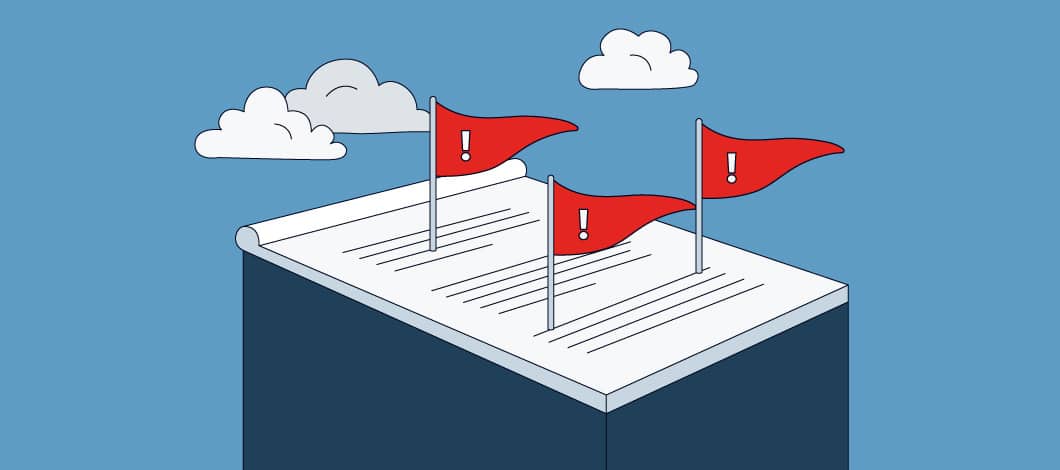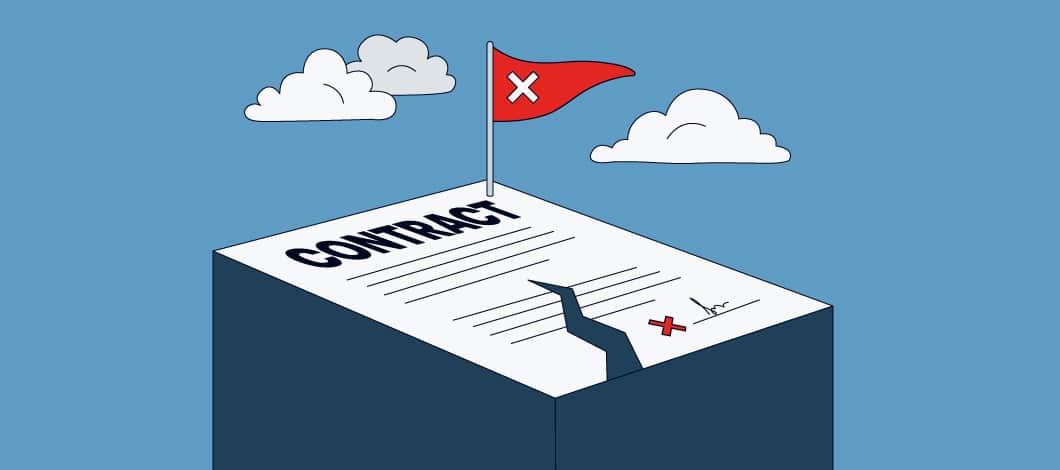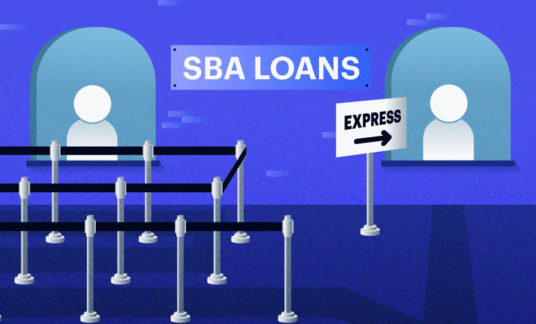Any loan agreement negotiated between a lender and a borrower is likely to come with a list of stipulations known as debt covenants.
These are requirements and conditions imposed by the lender that the borrower promises to abide by until the loan is repaid.
What Is a Debt Covenant?
Debt covenants are agreements between a business and creditor that the company will operate within the rules established by the lender as a condition for receiving a commercial loan.
Some refer to them as “loan covenants” or “financial covenants.”
Types of Loan Covenants
There are generally 2 types of loan covenants: positive and negative. Terms stated in loan agreements that deal with a company’s financial performance, whether negative or positive, usually are referred to as financial covenants.
Positive debt covenants state what the borrower must do to remain in good standing with the lender. For example, a lender might require the borrower must always maintain a certain minimum level of working capital or keep financial ratios within specified ranges.
Negative debt covenants detail borrower actions that the lender prohibits. The agreement, for instance, might prohibit the borrower from using company funds to acquire another company.

What Is the Purpose of a Debt Covenant?
Debt covenants protect the lender. They identify the “red flags” that will be used to indicate problems in a business that might impair its ability to repay a loan.
That said, covenants aren’t meant to place unnecessary burdens on the borrower or hinder the operations of the business.
How Debt Covenants Benefit the Borrower
Borrowers mainly benefit from debt covenants by receiving lower borrowing costs. When borrowers agree to certain restrictions in a loan, lenders are willing to lower interest costs and fees because their risks are reduced.
Negotiating a loan agreement with a lender can be a learning experience for borrowers who don’t have financial backgrounds. The positive and negative loan covenants imposed by lenders tell borrowers which financial indicators they should be looking at in the operations of their businesses, which can make them more successful in the long run.
How Debt Covenants Benefit the Lender
Debt covenants protect lenders by restricting specific actions by borrowers that could have adverse effects on their ability to repay the loan.
This reduces the overall risk for creditors by giving them recourse in case there is a breach of debt covenants.
Debt Covenant Examples
Debt covenants come in many forms depending on the lender, the state of your business and the details of the loan.
Some of the most common are based on a borrower keeping its financial ratios and spending within ranges that the lender is comfortable with.
Here are examples of typical financial covenants lenders use in loan agreements:
- Debt payments to Earnings Before Interest, Taxes, Depreciation and Amortization (EBITDA)
- This ratio is key for lenders. It is calculated by dividing EBITDA by annual principal plus interest payments of the loan. A ratio of 3:1 typically is a good ratio to have. Anything less and a borrower could begin to have problems meeting their debt obligations.
- Interest Coverage Ratio
- This is calculated by dividing EBITDA by the interest payments on loans. It should be in the range of 3 or more for adequate coverage. It doesn’t include any allowance for principal payments.
- Debt-to-Equity Ratio
- This is the ratio of total debt to a company’s equity capital base. Lenders are generally comfortable with $1 in debt for each $1 in equity. In some industries, higher debt ratios are acceptable.
- Debt-to-Total Assets Ratio
- This ratio tells how much of a company’s assets are financed by creditors. In this ratio, debt includes long- and short-term business loans plus all current liabilities.
- Tangible Net Worth
- Tangible net worth is the net worth of a company excluding intangible assets such as intellectual property, patents and copyrights. It represents the physical assets of a company.
- Dividend Payout Ratio
- The number of dividends paid to shareholders in relation to the amount of net income a company brings in. This ensures the company doesn’t give too much to shareholders, which can inhibit its ability to repay loans.
- Current Ratio
- All businesses need an adequate amount of liquidity to pay vendors, purchase supplies and meet payroll. A ratio of $2 in current assets for each $1 in current liabilities is good.
Examples of Positive Debt Covenants
Not all debt covenants are related to a borrower’s specific financial numbers.
Here are some examples of positive debt covenants:
- Present financial statements annually within a specified time frame
- Lenders require financial statements to make sure the company is in compliance with all financial loan covenants
- Maintain life insurance policies on key employees
- The loss of certain employees, such as a sales manager or production supervisor could cause a serious setback for the company
- Keep all facilities in good working condition
- Companies that don’t take pride in their property and equipment are typically inattentive to other aspects of their business
- Pay all property and income taxes on time
- Tax liens can take precedence over repaying loans
- Maintain property insurance and a reasonable amount of liability insurance
- A disastrous uninsured loss from a fire or flood could ruin the business and wipe out any chance to repay creditors.
Examples of Negative Debt Covenants
Here are examples of negative debt covenants, or restrictions on what a borrower can do:
- Incur additional debt
- Lenders don’t want to have to compete with other creditors to be repaid
- Make a change in ownership
- Owners of small businesses are the founders and creators of the company and the loss of any of them could be devastating to the survival of the business. Any changes in ownership would need the lender’s approval
- Enter into certain types of lease agreements
- Lease agreements require payments and additional payments would put more burden on the company’s cash flow
- Sell key assets
- If a business gets tight on cash, the lenders don’t want the company to start selling assets to meet loan payments
- Make loans to insiders or affiliates
- Lenders see insider loans as an underhanded way to take cash out of the business.
- Mergers and acquisitions
- Lenders don’t want owners making major, potentially disruptive changes to the core business
A Breach of Debt Covenants: What Happens Next?
A debt covenant violation creates a legal breach of contract between the borrower and lender.
The consequences of violating debt covenants can be severe. Here are some actions that lenders might take on your loan:
- Request an increase in the amount of collateral
- Raise the interest rate
- Impose immediate penalty payments
- Terminate the loan agreement
- Accelerate the loan and demand immediate repayment
If a borrower is having difficulty meeting loan payments and is becoming noncompliant with debt covenants, the best course of action is to meet with the lender and ask for waivers. Lenders aren’t anxious to call their loans for immediate payment and would more than likely be willing to work out the situation.
Lenders want borrowers to be successful because that improves their chances of getting the loan repaid and working with them again.











